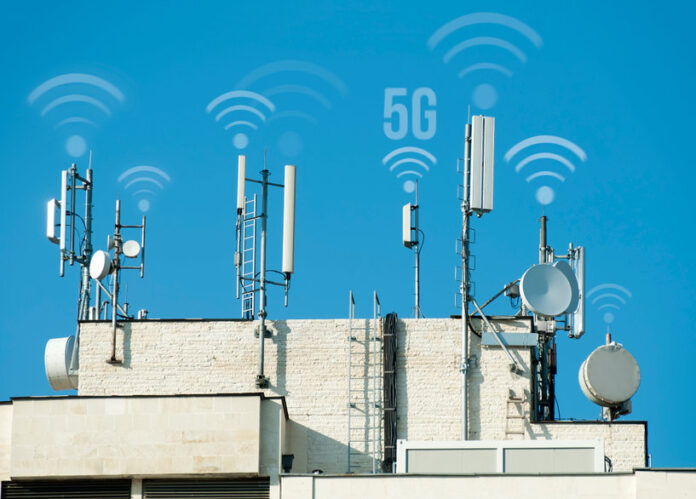“Mid-band and especially low-band 5G solutions may not be enough to deliver a smooth experience in crowded situations,” RootMetrics says
The omicron variant notwithstanding, crowds are gathering once again across the U.S.: In stadiums, at concerts and theaters, at airports and in city centers. With the return of crowds—and many people with new 5G devices in-hand—comes the question of how urban and large-venue networks will handle renewed pressures of network congestion.
On the bright side: Many of those venues and city centers have been outfitted with 5G networks over the past two years, including millimeter-wave coverage meant to address that very issue. Rootmetrics recently pitted midband and mmWave 5G against one another in Chicago to test whether mmWave could live up to the premise that it can handle network congestion without diminishing user experience.
The benchmarking company tested T-Mobile US’ midband 5G against Verizon’s low-band 5G and mmWave 5G, simulating network congestion scenarios by testing eight Samsung Galaxy S21 5G smartphones (with Qualcomm Snapdragon 888 chipsets) at the same time. The testing took place at two locations in downtown Chicago in mid-September 2021: One intersection that is part of the city’s highly trafficked “Magnificent Mile” and in the River North area at Montgomery Ward Park. RootMetrics examined overall median download speeds across all network technologies (5G, LTE and 5G “mixed mode”) in order to get a better picture of the end-user speed experience while accounting for comparisons of ENDC on different bands.
In uncongested network conditions, Verizon’s mmWave gave an “amazing” performance, delivering 1.9 Gbps, RootMetrics reported. Comparatively, Verizon’s low-band 5G delivered median download speeds of 315.5 Mbps and T-Mobile US’ midband 5G clocked in at 256.8 Mbps.
In congested conditions—when speeds are always going to be slower—mmWave still provided speeds that were four times that of either midband or low-band 5G. MmWave spectrum maintained median download speeds in congested conditions at 231.4 Mbps, while midband and low-band 5G speeds plummeted to 44.8 Mbps and 49.5 Mbps, respectively.
“To put mmWave’s capacity boost in further context, its speed of 231.4 Mbps with congestion was nearly as fast as the 256.8 Mbps recorded on mid-band 5G without congestion,” wrote RootMetrics’ Dave Anderson in a blog post on the testing.
RootMetrics also turned up some interesting results in terms of 5G performance on lighter data tasks that mimicked web browsing and typical app behavior: 5G mmWave took about 60-65 milliseconds to complete a 15 kB download, while low- and mid-band 5G took 115 ms or longer.
Given RootMetrics’ findings, Anderson wrote, “The user experience on mmWave 5G should be fast in general and much faster than that on other 5G bands either with or without congestion.” And while he acknowledged that mmWave doesn’t cover the distances that midband or low-band 5G can, it also “doesn’t necessarily need to”—not if it’s being used to add capacity in particularly busy areas or venues.
Read more testing details from RootMetrics here.

